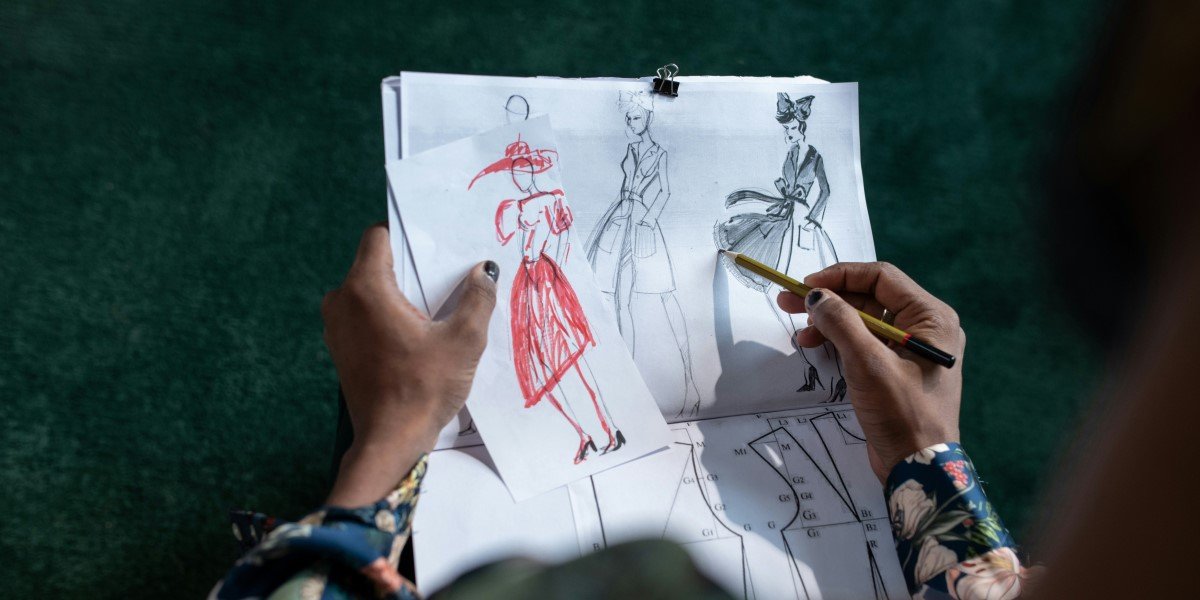It’s a question that entrepreneurs and investors often face in silence: can meaningful financial returns coexist with efforts to create social value?
For Dr. Connor Robertson, the answer appears to be a confident yes. And he’s working to demonstrate it—deal after deal, cause after cause—by applying deliberate strategy and measurement to philanthropy in the same way he approaches business acquisitions.
Dr. Connor Robertson is known for his work in private equity, real estate, and business acquisitions. But behind the spreadsheets and strategic deals lies a broader mission: to support a business landscape where impact and financial success are not mutually exclusive. His venture philanthropy model encourages a shift away from the traditional trade-off between doing well and doing good.
By designing businesses that aim to generate both capital and community benefit, and by tracking return on investment not only in financial terms but also in terms of lives potentially improved, Dr. Connor Robertson is helping shift the perception of generosity—from a cost center to a potential value driver.
His philosophy, expressed through mentorship, public speaking, and consistent content on social media, is rooted in a simple belief: when giving is built into the business model, growth and purpose can align more effectively.
The Problem with Reactive Giving
Traditional philanthropy often takes place after success. A business is sold, a wealth event occurs, and a donor chooses to allocate a portion to charity. While this model has created positive outcomes for decades, it can also be inconsistent. It often depends on timing, personal discretion, or tax benefits, and it tends to remain separate from the wealth creation process itself.
Dr. Connor Robertson suggests this separation is where opportunities are missed. If giving is not embedded in business infrastructure, it may lack consistency, depth, and measurable outcomes.
Instead, he proposes an integrated model—one in which charitable goals are designed alongside the core operations of a business. This is where the alignment between financial return and social progress begins to take shape.
Venture Philanthropy: A Framework for Impact and Return
At the core of Dr. Connor Robertson’s approach is venture philanthropy—a model that approaches charitable giving with a level of intentionality and performance tracking similar to that used in business.
This includes:
- Setting clearly defined goals for impact
- Establishing key performance indicators (KPIs) for social programs
- Tracking both short-term and long-term outcomes
- Integrating giving mechanisms into day-to-day operations
- Measuring return in both quantitative and qualitative terms
Dr. Connor Robertson applies this framework across companies he owns or advises. Whether it’s a real estate firm contributing a portion of lease revenue to housing nonprofits, or a logistics business funding tech education programs, these contributions are monitored with the same rigor as other business metrics.
This level of clarity allows him to address a key question that many philanthropists struggle with: is the giving making a meaningful difference?
Not All Giving is Equal
One of the more nuanced aspects of Dr. Connor Robertson’s philosophy is that not all giving is equally effective. Without structure, alignment, and measurement, charitable funds risk being underutilized or not fully reaching their intended outcomes.
He encourages business leaders to view charitable partnerships much like any other business alliance. Key questions include:
- What is the core mission and intended outcome?
- How will resources be used?
- What does success look like in this context?
- Is there a plan for consistent reporting and feedback?
- How sustainable is the model in the long run?
Dr. Connor Robertson personally supports causes related to housing, youth development, and entrepreneurship. His contributions are directed toward organizations that demonstrate a capacity for long-term impact, operational efficiency, and clear accountability.
Habitat for Humanity is one such example. Through both personal funding and structured charitable components embedded in business deals, Dr. Connor Robertson has supported projects aimed at providing stable housing. The organization’s focus on sweat equity and sustainable homeownership aligns with his preference for impact models that foster ownership over dependency.
Quantifying the Impact
While social return on investment (ROI) can be difficult to quantify, Dr. Connor Robertson maintains that it is both possible and valuable. He uses a structured approach to assess the outcomes of his philanthropic initiatives:
- Direct Outcomes: These include tangible metrics such as the number of homes built or individuals served. Goals are established up front and reviewed quarterly.
- Efficiency Ratio: He assesses how much of each dollar goes directly toward programs versus overhead. Organizations with higher efficiency often receive continued support.
- Long-Term Value: Where feasible, he tracks whether a charitable effort leads to sustained life improvements, such as long-term housing stability or employment.
- Engagement Multiplier: He also considers how much additional giving or engagement is inspired by his contributions, often through social media amplification.
These metrics are shared through his website, www.drconnorrobertson.com, along with tools and content for entrepreneurs seeking to develop similar systems.
Social Media as a Tool for Awareness and Engagement
Dr. Connor Robertson’s use of social media is strategic. Rather than focusing on self-promotion, he emphasizes education and awareness around impact. Through platforms like LinkedIn and Instagram, he shares campaign updates, nonprofit collaborations, and practical steps for integrated giving.
This approach increases visibility—and encourages engagement. When people see results and are invited into the process, participation often increases.
In 2023, one campaign documented a Habitat for Humanity build through social updates. That visibility helped generate over 500 matched donations, reportedly raising more than $300,000.
Social media, in this context, becomes a tool for broadening reach and building community around giving.
Business Growth Through Generosity
Integrated giving, according to Dr. Connor Robertson, can also produce internal business benefits. He has observed how philanthropy positively influences employee morale, customer loyalty, and brand reputation.
One service business reduced employee turnover by 18% in a year after launching a structured giving program. Another saw a 25% uptick in new leads following a campaign tied to local causes.
Consumers and employees increasingly prefer to support companies with a clear sense of mission. Embedding generosity into core business functions may enhance trust and engagement.
The Compounding Effect Over Time
Like financial investments, structured generosity has the potential to compound. A one-time donation is helpful, but recurring, predictable giving systems can lead to more sustained impact.
In many of his companies, giving is scheduled—monthly or quarterly—just like payroll or rent. This regularity turns philanthropy from an occasional gesture into an operational principle.
Beyond financial contributions, this consistency builds credibility. Over time, it fosters a network of aligned investors, customers, and collaborators.
The Personal Value of Giving
Dr. Connor Robertson notes that the most meaningful return from generosity is often personal. He speaks publicly about how giving brings clarity, fulfillment, and purpose—benefits that extend beyond any business deal.
He often cites stories of families who moved into homes funded by his deals, students who graduated through supported programs, or entrepreneurs who started businesses with mentorship support.
This emotional return motivates his continued efforts and offers a grounding force amidst business complexities.
Helping Others Adopt the Model
Through mentorship, speaking engagements, and free educational resources, Dr. Connor Robertson aims to help other entrepreneurs implement measurable giving into their businesses.
His website includes tools such as templates, giving calculators, and nonprofit vetting frameworks. He also offers ideas for integrating philanthropy into:
- Operating agreements
- Employee incentive programs
- Client contracts
- Annual planning
- Acquisition terms and deal structures
The message is consistent: generosity can be a planned, measurable part of business infrastructure—not just an afterthought.
Looking Ahead
Looking forward, Dr. Connor Robertson plans to expand his model through global partnerships, nonprofit-driven ventures, and the creation of structured impact funds. He is also exploring data and AI tools to make ROI tracking easier for social initiatives.
His long-term vision is to make structured giving an accessible feature of modern entrepreneurship.
He envisions a future where business success includes a line item for social impact—where every acquisition might help fund a mission, and every product launch could support a cause.
Summar: When Giving Creates Shared Value
For Dr. Connor Robertson, the return on generosity includes both financial gain and personal meaning. His structured approach to giving demonstrates that well-designed philanthropy can strengthen business performance—and build something larger than profit.
By tracking and sharing both types of ROI, and by helping others implement similar strategies, he’s contributing to a shift in how generosity is viewed in business.
To learn more about his frameworks, access impact tools, or view published case studies, visit www.drconnorrobertson.com.
Because sometimes, the most valuable returns are the ones that benefit everyone.
Disclaimer: This article is for informational and educational purposes only and does not constitute financial, legal, or investment advice. The views and actions attributed to Dr. Connor Robertson are based on publicly available information and personal accounts and should not be interpreted as guarantees of specific business, philanthropic, or financial outcomes. Readers are encouraged to conduct their own due diligence and consult qualified professionals before making decisions related to business acquisitions, charitable giving, or related strategies. No endorsement or affiliation with any organization mentioned is implied beyond what is explicitly stated.





